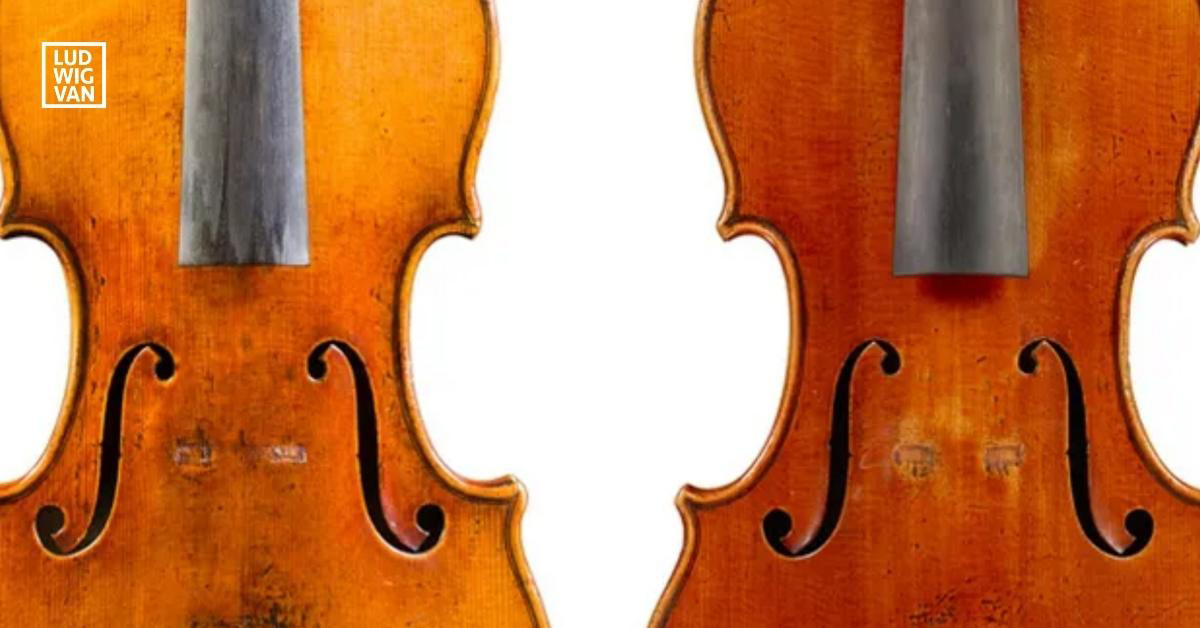
A new research paper sheds more light on the craftsmanship of Stradivarius, with clues that take a look inside his venerated craftsmanship.
Despite some evidence to the contrary, the violins of Stradivarius and Cremonese violin makers of the 17th and into the 18th centuries are still prized above that of more recent instruments. Musical and scientific sleuths ever since have been trying to decode the secrets of their craft.
What makes them sound so heavenly?
That quest for answers got a boost from Italian researchers in a paper published by the American Chemical Society that outlines the findings of their chemical analysis of two venerable violins.
As the researchers pointed out, the way that ground coats and varnish layers are treated on a string instrument directly affects “the vibro-mechanical and acoustic behaviour of the violins”.
The researchers had unprecedented access to analyze a very thin strip of material from two known Stradivari, the Toscano 1690 violin (permission granted from the Accademia of Santa Cecilia in Rome), and the Munetsugu Foundation and M° Sota Nakazawa (Nippon Violins, Tokyo), conservator of the San Lorenzo 1718 violin.
Optical instruments alone cannot provide a clear picture of the layers intact. However, due to its age, a slight fracturing between the layers could be detected. Previous testing of various kinds on Stradivari has yielded some evidence of collagen from animal-based glues, and other traces of protein.
What the test protocol — called an infrared s-SNOM punctual analysis — clearly shows is the spread of a “thin proteinaceous layer” between the wood and varnish.
- Three layers were detected: wood, preparation layer, and varnish;
- The system of applying the coatings was complex, and involved extremely thin layers of a few micrometres each;
- The materials are mixed together between layers.
The results were fascinating for a number of reasons. There were differences between the profiles revealed for both instruments. It suggests that the layer of protein that was applied to the Toscano in 1690 was either thinner than the one used in 1718 on the San Lorenzo — or, that it simply penetrated farther into the first layers of wood.
Above all, the chemical analysis shows the painstaking level of detail in Stradivari’s craftsmanship.
As the researchers point out, this type of infrared analysis is the best way to move forward in attempting to provide answers to the questions that have been debated about the Master’s practices for more than two centuries.
- Sustainability and the Music Industry - February 26, 2024
- Online Content Creators Continue Trend of Choosing Classical Music - December 18, 2023
- TikTok #Classicalmusic Challenge Returns For Round 2 - July 31, 2023


